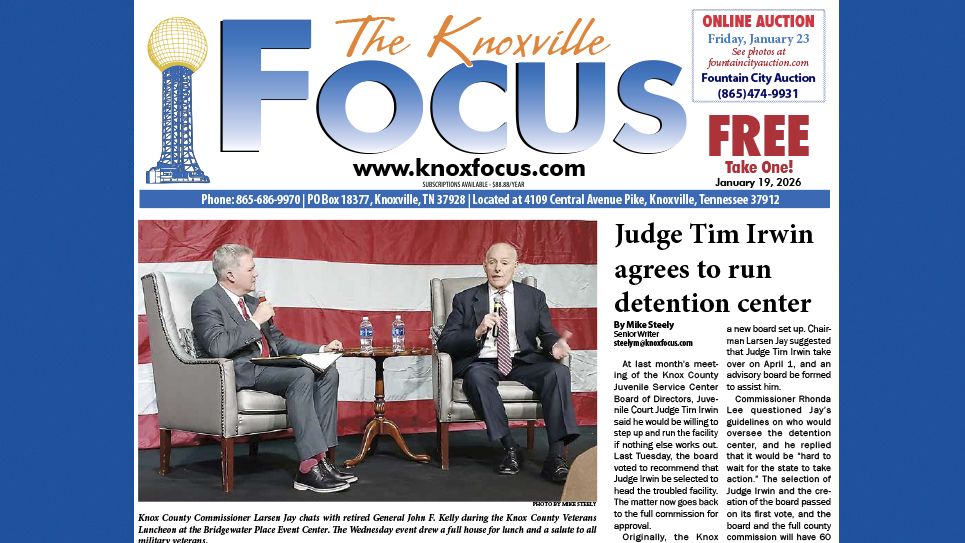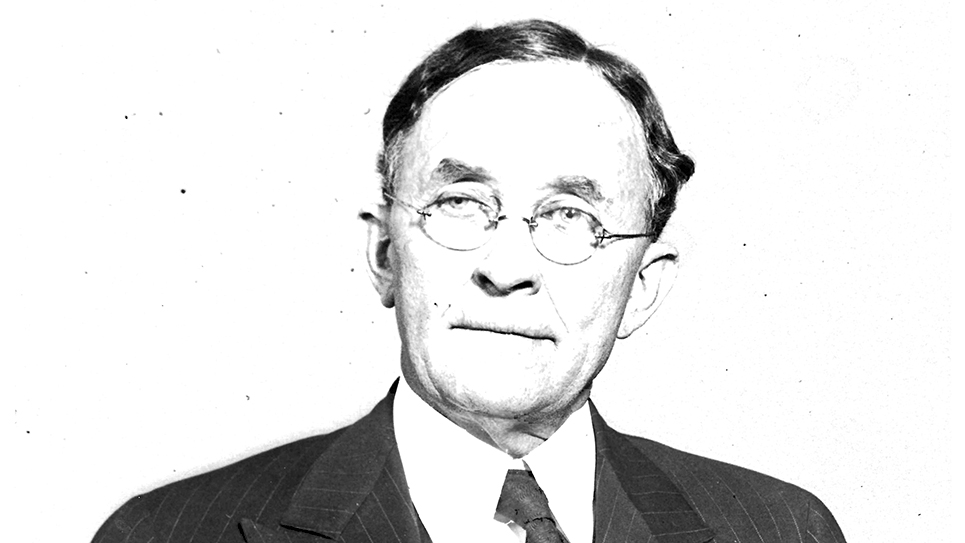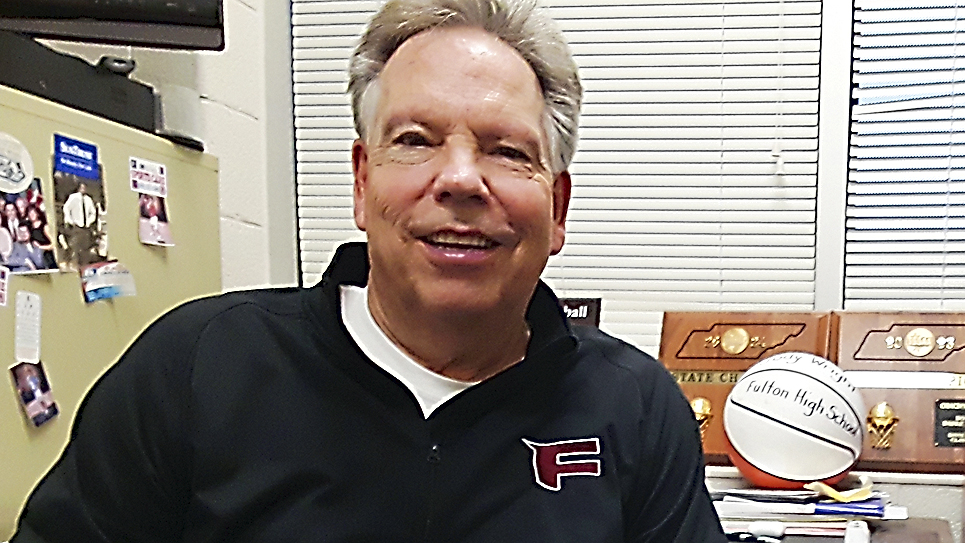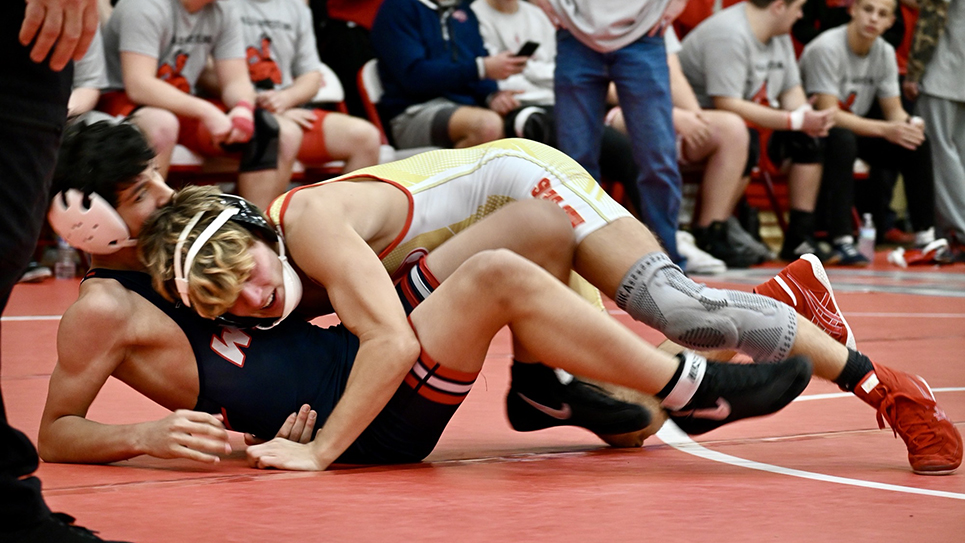‘This field belongs to everybody who identifies with Tennessee tradition’
By Tom Mattingly
Morgan Wallen’s recent performances on Shields-Watkins Field elicited justifiable concern from portions of the Vol fan base.
What would be the impact of that event on the hallowed turf, so carefully tended by the likes of John “Deanie” Hoskins and Bob Campbell over the years? Would the field be ready for the always-pivotal game against Florida? What might happen if it wasn’t?
When Florida did show up for the always-contentious game on Oct. 12, it appeared the impact might have been minimal, but history does tell us interesting stories about the sod on the floor of the big stadium by the river.
Grass returned to the floor of Shields-Watkins Field in 1994 after 25 years of the fake stuff. That was a welcome sight and couldn’t have come a moment too soon for those of us who are football purists.
A longstanding cliché tells us that there are activities that are “as boring as watching grass grow.”
That hackneyed old line is not necessarily true.
I gleaned that observation from a longtime association with Campbell, the man once charged with overseeing the grass on Shields-Watkins Field and a number of other venues on campus. His University of Tennessee career dated from 1990 to 2009. Watching him tend to the turf after a game was a cerebral experience, like watching a master craftsman at work.
Call him the “Guru of Grass” or the “Sultan of Sod” if you wish. He was that good.
“Real grass is much more interesting,” former Knoxville Journal sports editor Ben Byrd once wrote. “It sparkles with dew in the morning. It oozes mud when it rains. It has bugs and worms crawling around in it. It has character.”
The 1968 artificial turf, the version termed “Doug’s Rug” by Tennessee partisans, had a checkered career. By its second season, the Tartan Turf had numerous black streaks in it. Auburn head coach Shug Jordan, among others, was never an admirer, more than once calling it a ”Brillo pad.”
3M had sold the ersatz turf to Tennessee for $230,000 in 1968, equivalent to more than $2 million today. Competitors were said to be flying prospects over the stadium to let them see the damage first-hand.
There were a number of artificial turfs put down in the years to come, but Vol fans consistently believed there was nothing better than the real stuff.
When the city of Birmingham put down artificial turf on Legion Field, Auburn tried to move the 1970 Tennessee game that season to Cliff Hare Stadium down on the Plains. It didn’t happen that year, but the Vols did play at Auburn in 1974 (losing 21-0) and came for good in 1980 (winning 42-0).
In the summer of 1994, watching the new grass grow became a preoccupation with Tennessee fans.
Campbell noticed immediately the zeal Vol fans had for the stadium and greensward where so many great moments had taken place.
“There’s no telling how many people, how many families, have come in just to see the field and take pictures,” he said. “It’s truly amazing what it means to people. Tennessee people care a great deal about this field. People want it to be the best field anywhere. That’s our charge.”
Campbell always said that it’s a matter of understanding history and having pride in what you do.
“You think about all the great players who have played on this field and the great games played there. This field belongs to everybody who identifies with Tennessee tradition. It’s a special place.”
Campbell remembered a passage in a book called “Shoeless Joe,” the basis for the movie “Field of Dreams.”
In that book, the role of the groundskeeper is eloquently defined: “I would watch the groundskeepers groom the field like a prized animal, then after the game in the cool of the night, the groundskeepers appeared with hoses, hoes, and rakes and shovels and patched the grass like medics attending to wounded animals.”
Bob Campbell and staff always treated the field as their own, before, during, and after football season. You could find him in an office under the south end of Neyland Stadium, an area he affectionately referred to as the “Bat Cave.” It was a short walk through the south tunnel to his personal “Field of Dreams.”
Campbell laughed when he recalled conversations between Bob Neyland and Hoskins before any number of football seasons.
Hoskins was proud of the field he cared for and was said to have told Neyland not to worry about the field. “My field is always ready,” he told Neyland and lived to tell the tale. “Can you say the same thing about your football team?”
That’s why Bob Campbell had a picture of Deanie on his desk in his office.
At Bob’s suggestion, I remember going to the stadium on July 5, 1994, to see the new sod. There was a strong stand of green grass covering the field. It smelled like a stadium should smell, none of that asphalt smell that seemed to accompany the fake stuff. Birds were pecking at the grass, looking for whatever it is birds look for.
It was a marvelous sight.
Still is.






